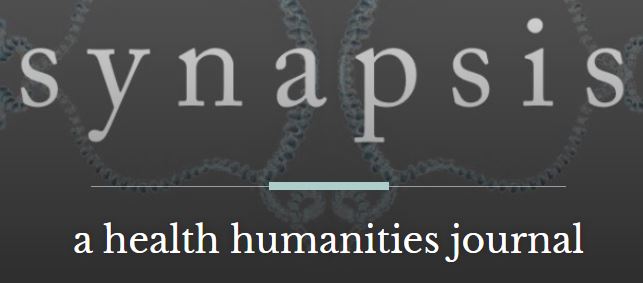What do the Tales of the Arabian Nights, the Panchatantra, and the works of Boccaccio, Marguerite de Navarre, Maria de Zayas and Cervantes have to do with the narrative forms of films such as the romance Love Actually, Stephen King’s psychological thriller Secret Window, or Christopher Guest’s mockumentary Best in Show. Frametale narratives, the art of inserting stories within stories, in oral and written forms, originated in East and South Asia centuries ago; tales familiar to Europe, often called novellas, can trace their development from oral tales to transmitted Sanskrit and Pahlavi tales, as well as Arabic and Hebrew stories. Both Muslim Spain and Christian Spain served as the nexus between the East and Europe in the journey of translation and the creation of new works. This course examines, through readings and contemporary films: the structure, meaning, and function of ancient, medieval, and early modern frametale narratives; literary and cultural topics, including Christian, Muslim, and Jewish relations in medieval and early modern Mediterranean societies; how complex and entertaining narratives develop from their ‘bare bones’ origins in joke books, laws and legal theories, conduct manuals, collections of aphorisms and other wise and pithy sayings, misogynist non-fiction writings, and Biblical stories. Qualified students may write papers in Spanish, French, or Italian. Global Core.
The Heyman Center for the Humanities, Room B-101
74 Morningside Drive
New York, NY, 10027
(212) 854-4541
(212) 854-3099


